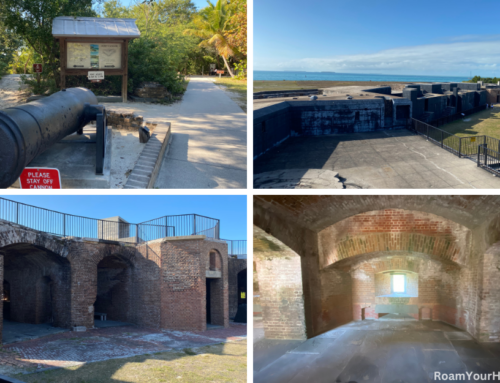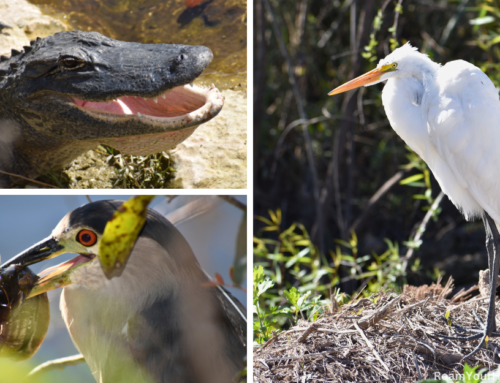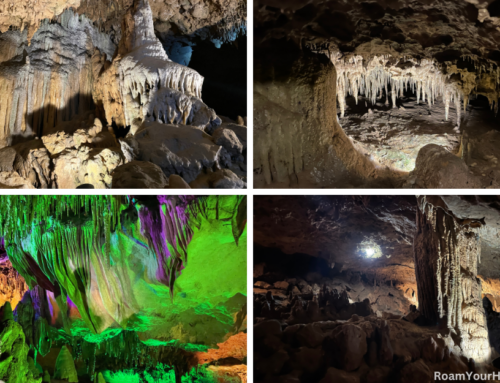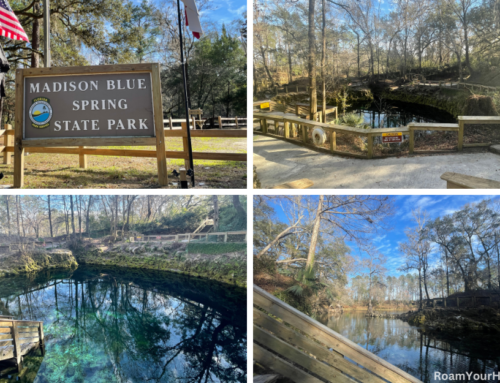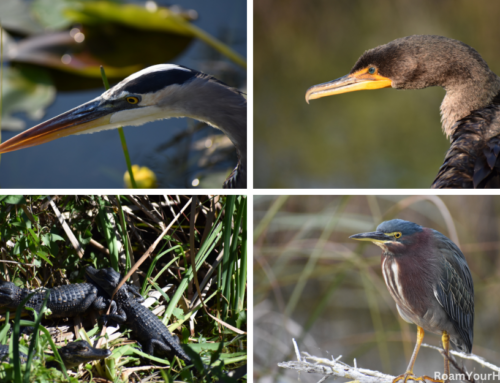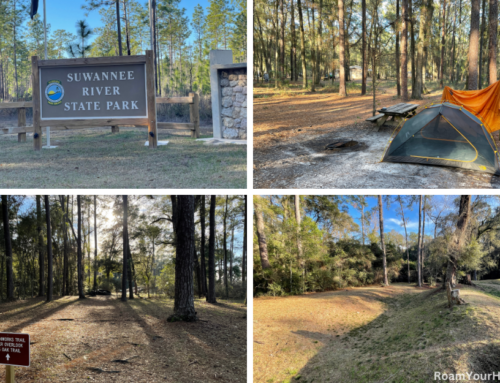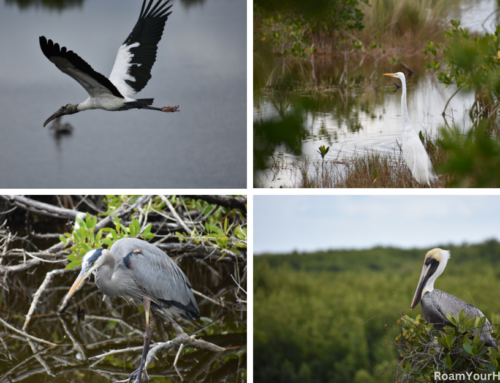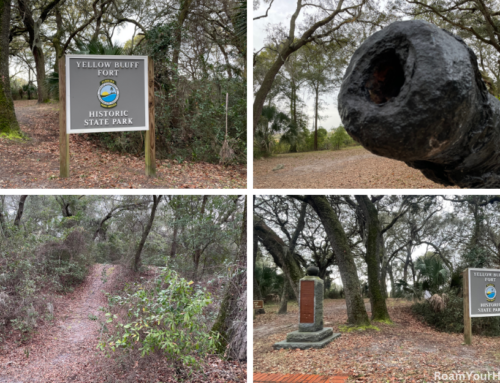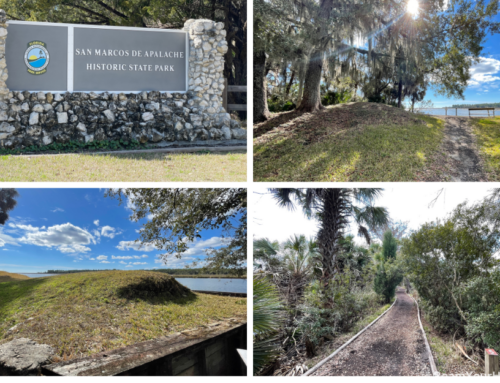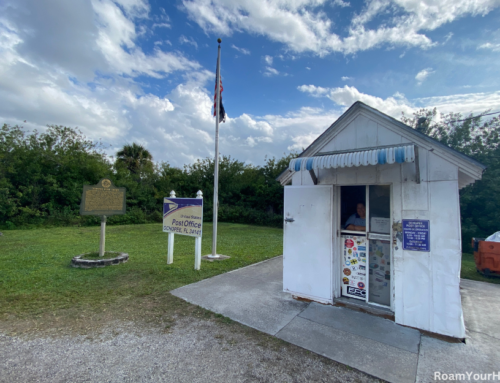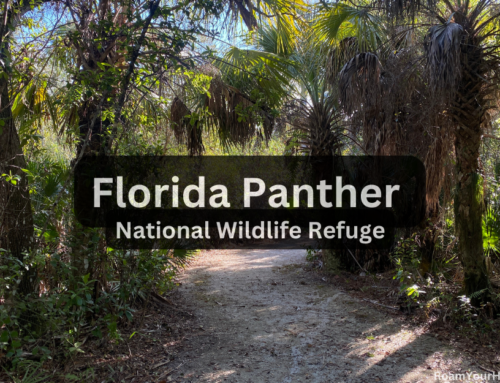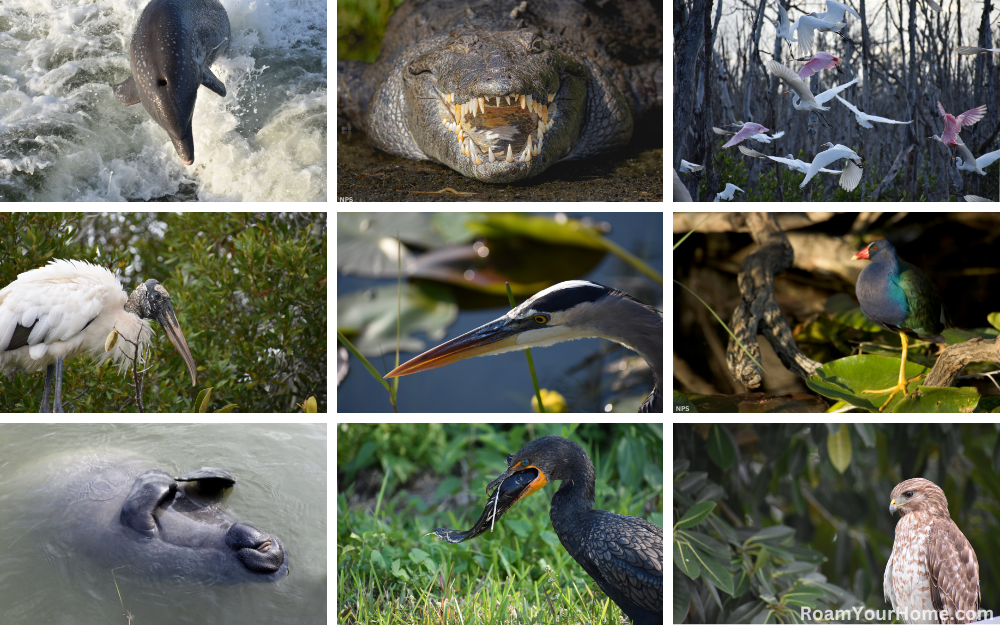
Everglades National Park Guide: Top 10 Wildlife to See and Where
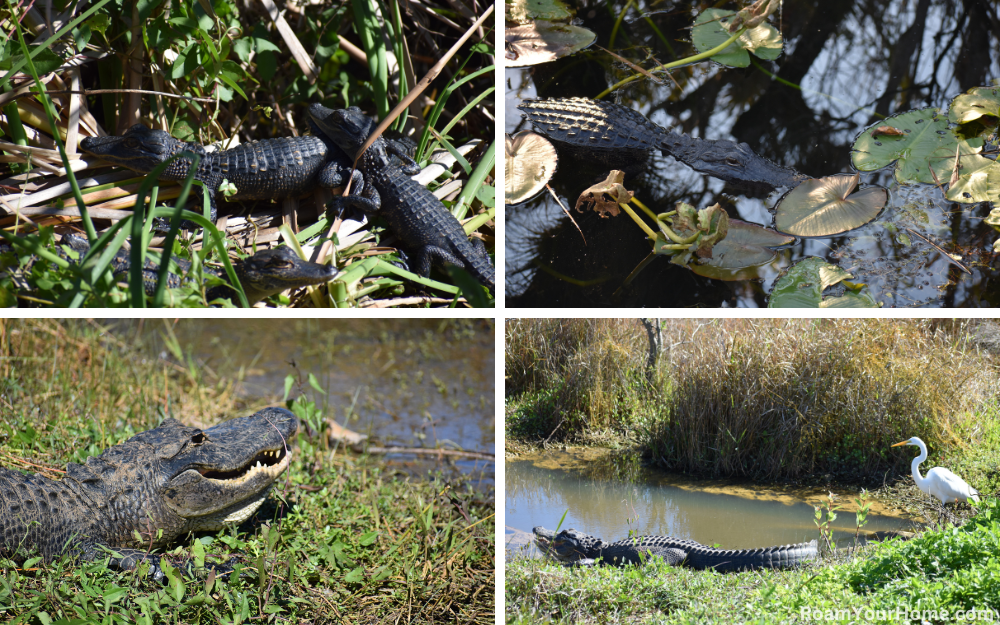
American Alligator
Seeing an Alligator in Everglades National Park is a highlight for many visitors and just about a guarantee. An estimated 200,000 live in the Everglades, so it’s a pretty safe bet you will see one or dozens on your visit. Alligators are generally found in freshwater swamps and marshes and can also be found in rivers, lakes, and smaller bodies of water. We’ve had great luck during our visits. But the best alligator viewing was in Shark Valley and along the Anhinga Trail at Royal Palm’s Ernest F. Coe Visitor Center. We saw dozens and were lucky enough also to see baby alligators. The Anhinga Trail and Shark Valley are honestly great for most wildlife.
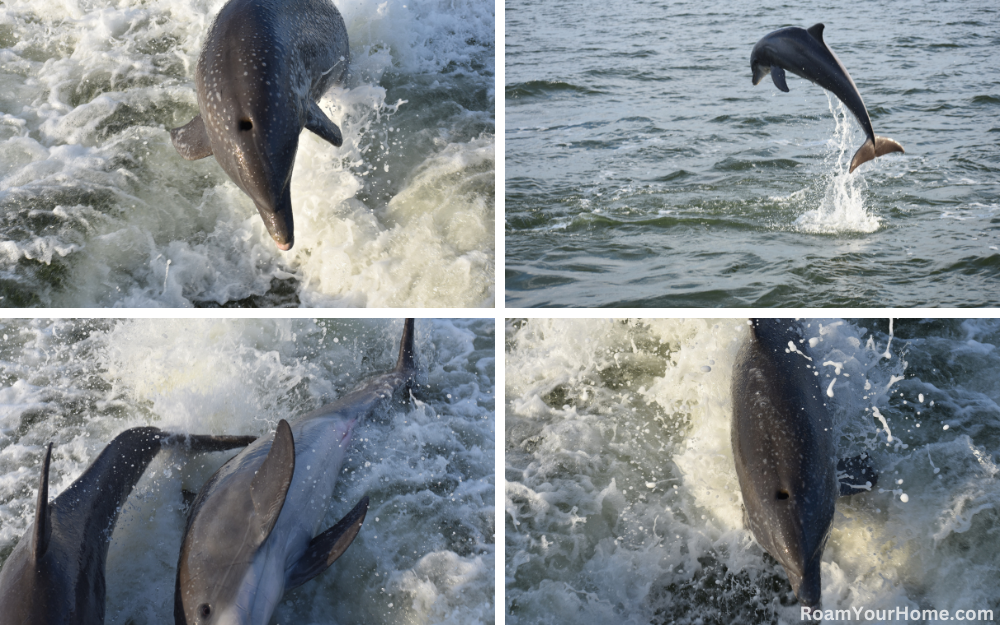
Dolphin
Dolphins were not among the animals we associated with Everglades before a visit. But now we always remember them. The Everglades Gulf Coast site is considered the gateway to the 10,000 Islands region of the park. On our visit, we booked a late afternoon boat tour of the 10,000 Islands and were lucky enough to be the only two people on the boat besides the two-person crew. To our delight, we saw dozens of dolphins, many of which went “surfing” in the wake behind the boat. It was an amazing experience that we highly recommend.
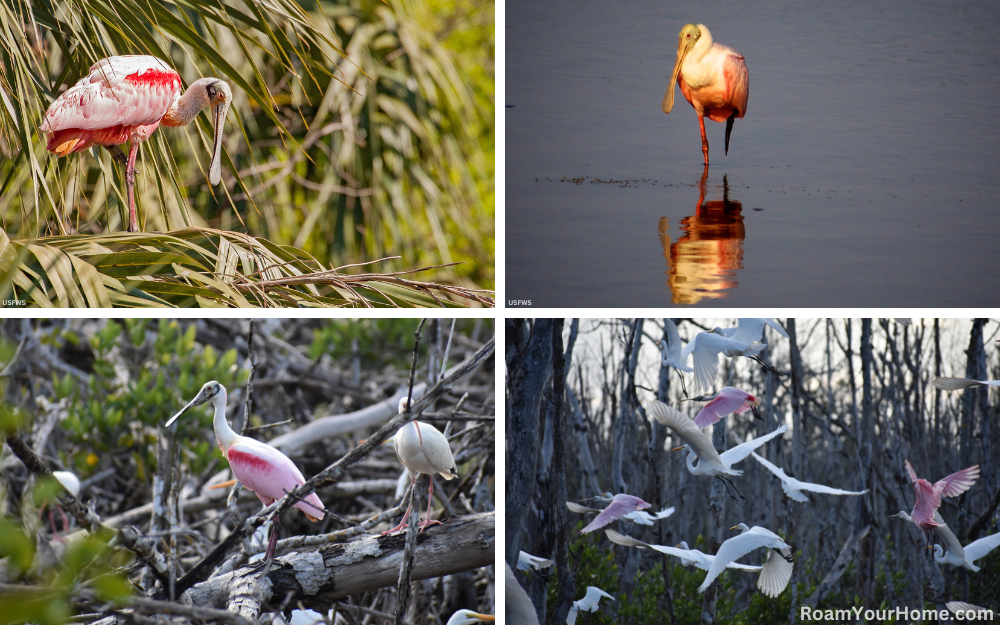
Roseate Spoonbill
Roseate Spoonbills are a stunning bird and a highlight for many visitors. The bright pink birds are most often spotted in shallow fresh and saltwater. Many times, you will see them congregating with egrets and ibises. They use their spoon-shaped bill to forage for food. Their beautiful pink color comes from pigment in the crustaceans and other aquatic invertebrates they eat. They can be found in various places, but we have had the best luck keeping our eyes peeled along the marshes of the main park road toward Flamingo. Paurotis Pond and Eco Pond are popular with birders looking for roseate spoonbills.
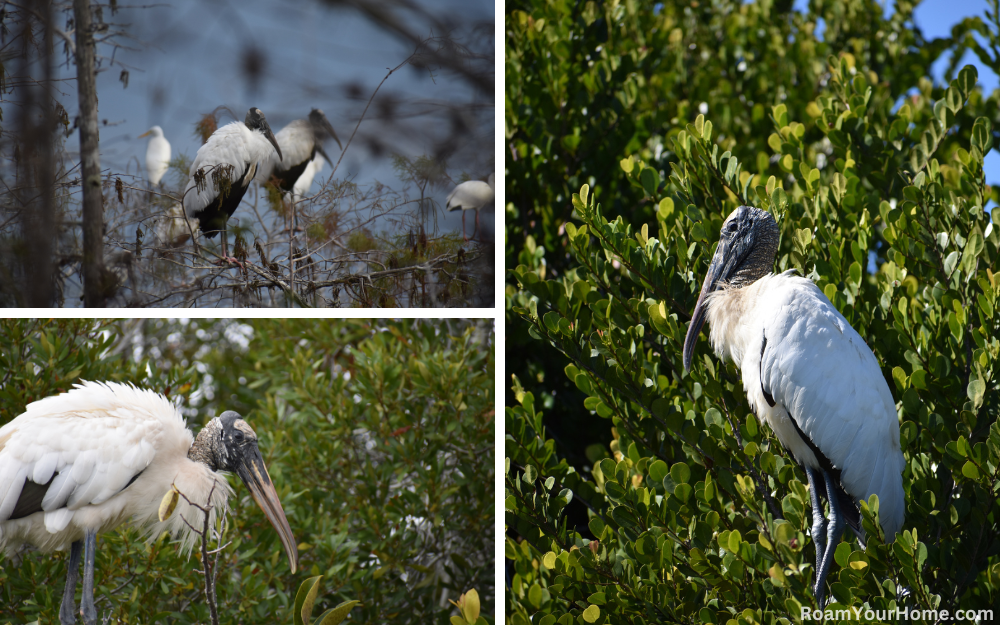
Wood Stork
Wood Storks can only be seen in a few places in the United States, and Everglades National Park is one of them. These bald-headed birds stand over 3 feet tall and are super cool-looking. While they don’t bring babies, they certainly delight park visitors. We saw a bunch of them touring Shark Valley. A cool fact about wood storks is that to keep nestlings cool; adult wood storks regurgitate water on the little ones.
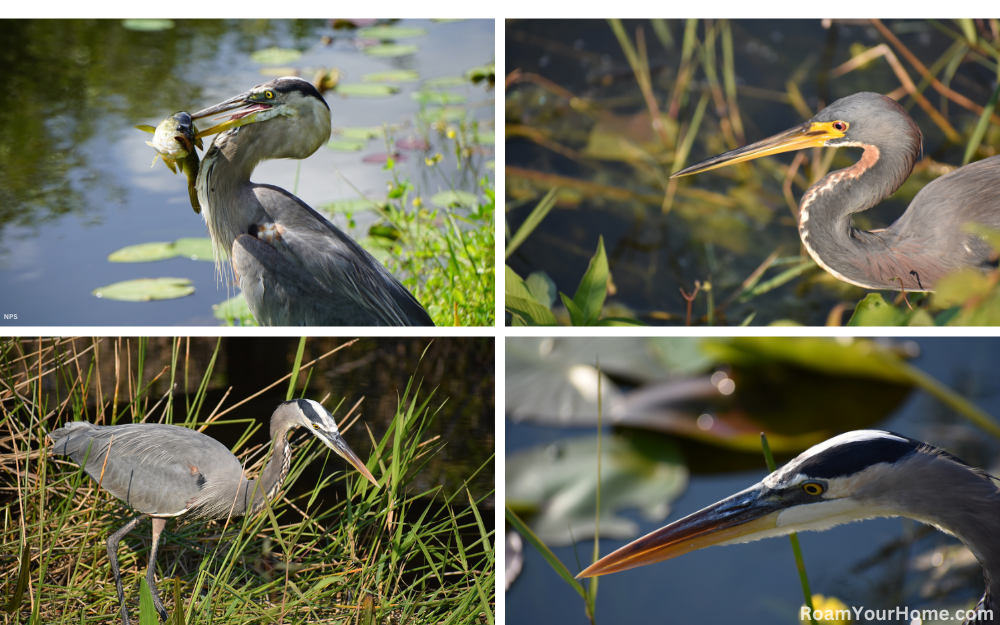
Great Blue Heron
Great Blue Herons are common throughout the park. We had great luck spotting them just about everywhere there was some shallow water for them to hunt. They tend to stay very still while hunting, which makes getting great pictures much easier! We saw the most in Shark Valley!
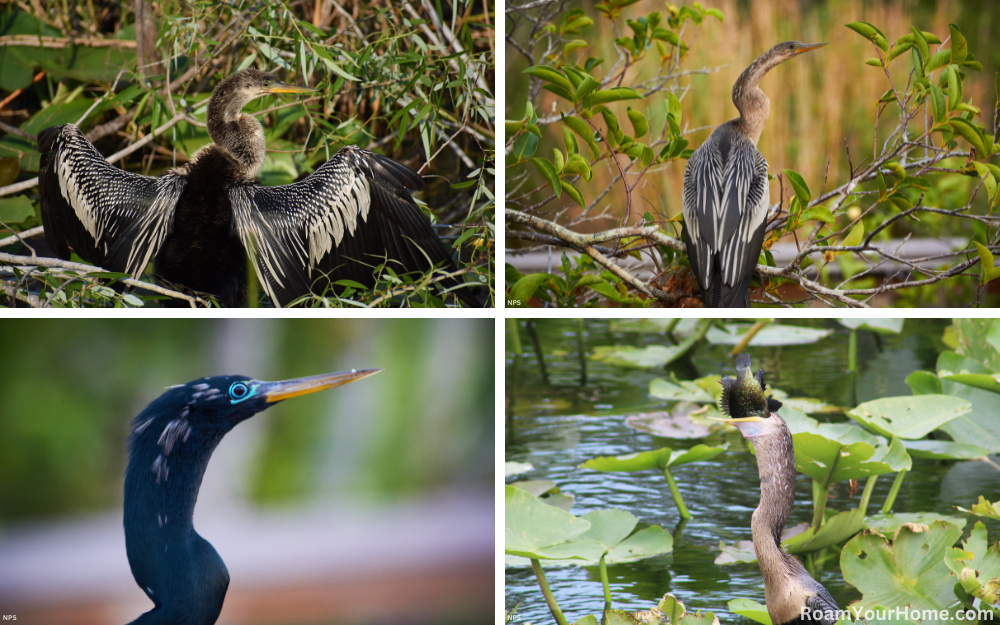
Anhinga
Anhingas are a favorite of visitors to the Everglades. The much beloved “water turkeys,” as they are sometimes called, can be spotted all over the park. The aptly named Anhinga Trail is a great place to look for them. Keep an eye out for them sunning themselves after taking a dive and looking for snacks. They spread their wings and sun themselves because, unlike most waterbirds, they don’t have waterproof feathers.
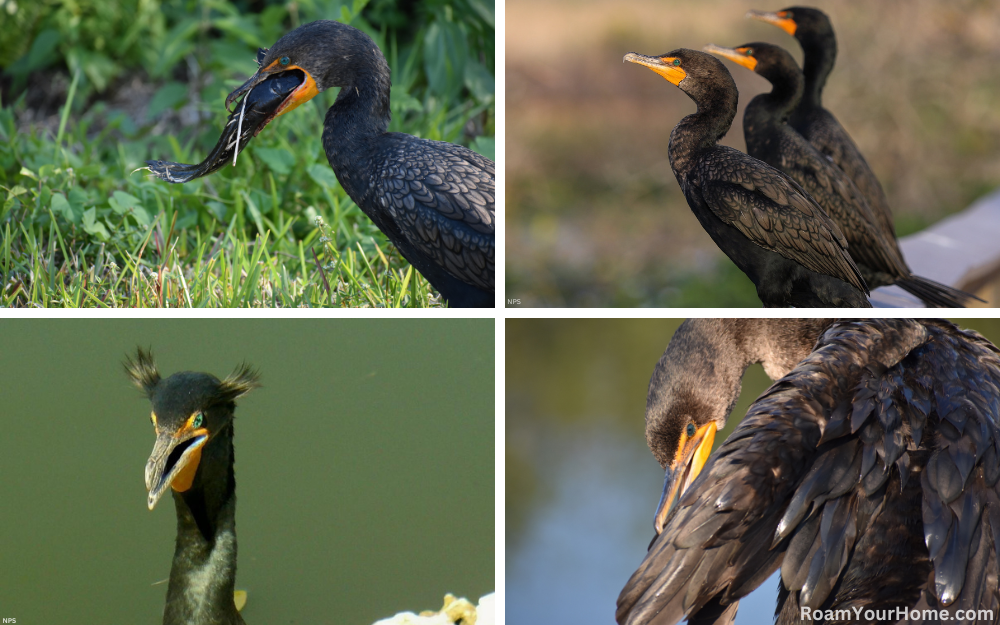
Double-crested Cormorant
Another waterbird you will likely see in the Everglades is the double-crested cormorant. They are also often observed sunning themselves after taking a dive, looking for fish. Along the Anhinga Trail, we watched one struggle to eat a fish that was nearly too big to eat! Don’t forget to look up in the trees near lakes and ponds; you will likely see them there too.
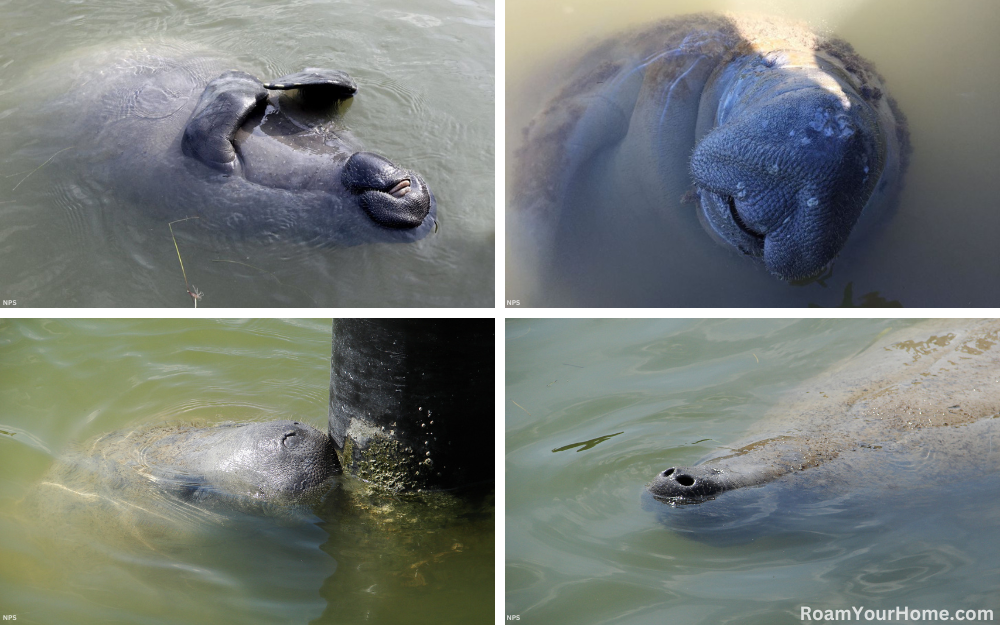
Manatee
Seeing a Manatee in the wild is truly special! We’ve been lucky enough to spot “sea cows” a few times during our adventures in the Everglades. These gentile giants are often seen near the Flamingo Marina, especially during the cooler winter months when to tend to congregate in the warmer, shallower water.
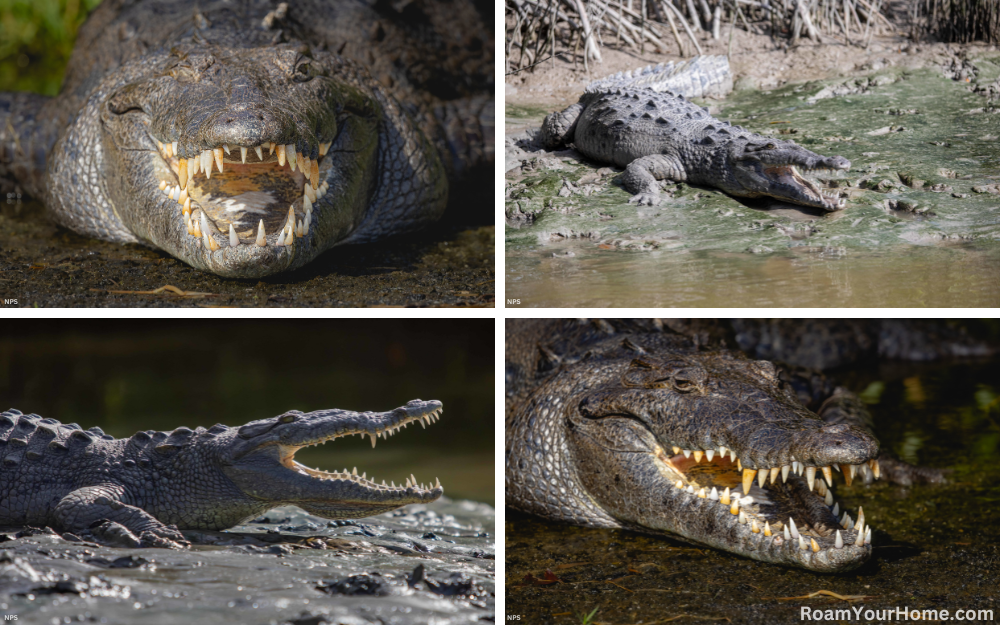
American Crocodile
Seeing an American Crocodile in the wild is a bucket list wildlife sighting! It’s like seeing a dinosaur! No, Crocodiles are not dinosaurs, but they certainly look like them. Crocodiles have a tiny range in the United States. They only inhabit southern Florida’s coastal regions, the extreme northern portion of their range. It can be tricky to distinguish between a crocodile and an alligator. The easiest way is that alligators are generally a darker blackish-grey color, while crocodiles tend to be lighter olive green to brown. Also, if you see the snout, that is another easy way to tell them apart. Alligators have a wider “U-shaped” snout, while crocodile snouts are more triangular “V-shaped.” Fun fact: the Florida Everglades is the only place in the world where alligators and crocodiles co-exist.
We’ve had the best luck seeing them in the wild behind the Flamingo Marina. You may have to be a little patient, but we’ve always had good luck.
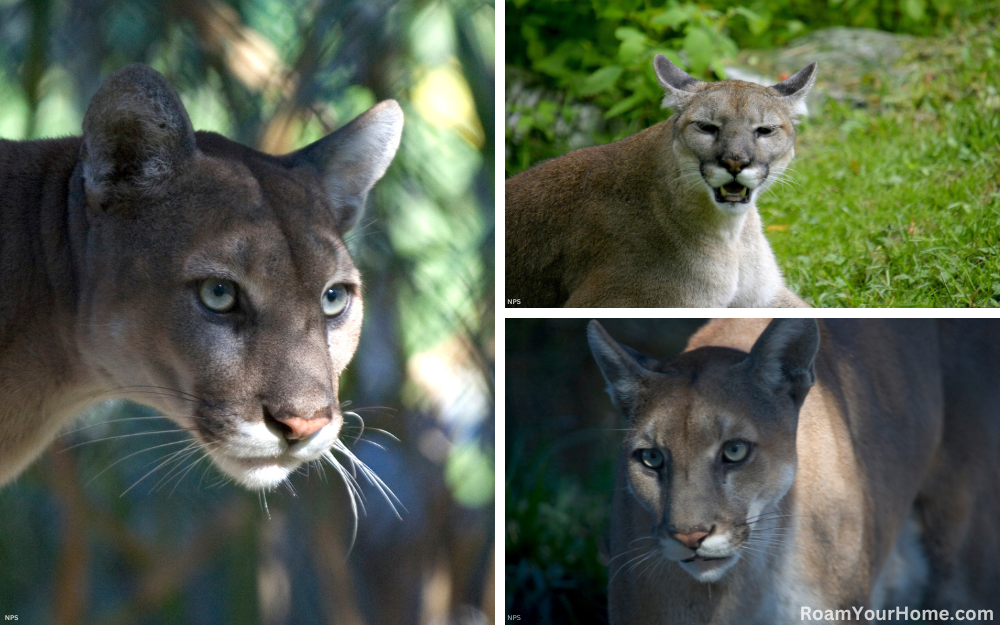
Florida Panther
The rarest wildlife sighting of all in the Everglades would be seeing a Florida Panther. It’s estimated there are as few as 100 remaining in the wild. Your chances of seeing one are probably about the same as winning the lottery, but you can’t win unless you play, right? On a boat tour of the Ten Thousand Islands, our guide told us a story about kayaking through a mature forest and seeing one. It happens, but you are way more likely just to see the yellow signs warning about panther crossing. Honestly, we thought that was pretty cool in and of itself.


